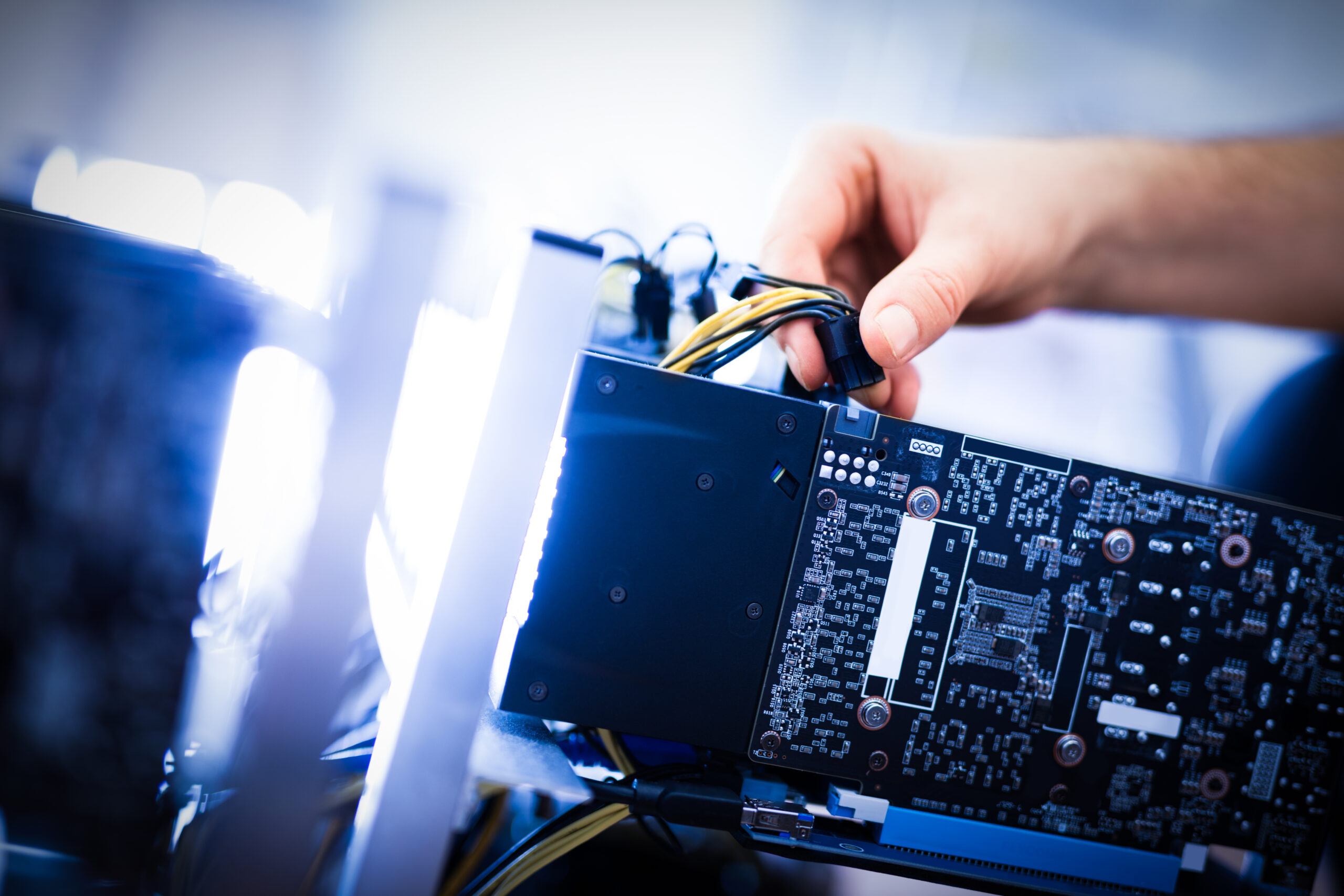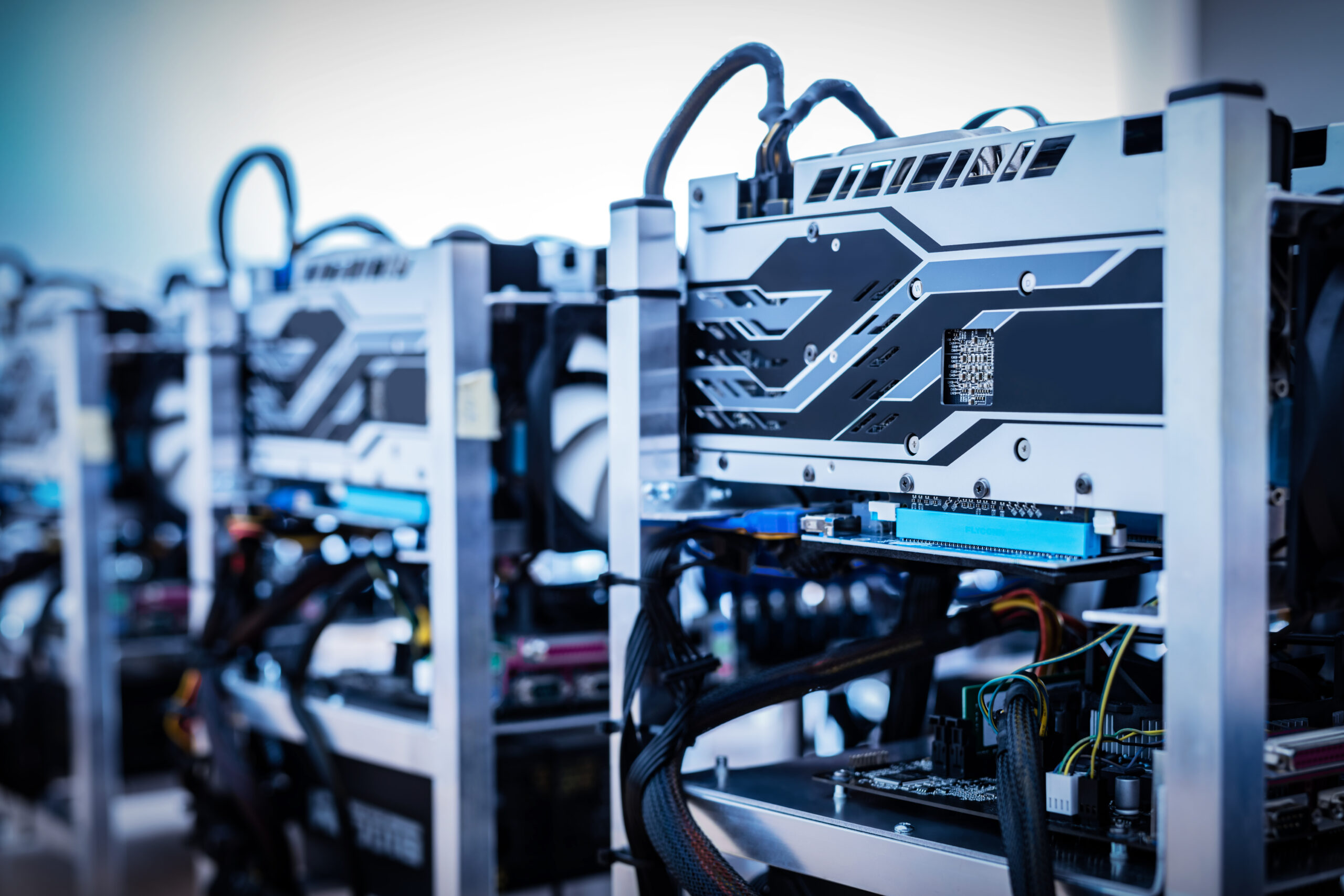How to Choose The Best Mining Rig
Introduction
If you’re going to be a cryptocurrency miner, the hardware you use is probably the most crucial piece of the puzzle. Without the right mining gear, you can end up burning electricity to no effect.
Cryptocurrency mining has come a long way since its flagship implementation in Bitcoin. The practice advanced as GPUs were found to be more efficient than a CPU at the repetitive task of calculating hash values. Similarly, using GPUs to push massive amounts of data through machine learning algorithms led to breakthroughs in ML\AI, and resulted in the technique known as Deep Learning.
Today, the most powerful way to mine cryptocurrency is with an Application-Specific Integrated Circuit(ASIC). The CPU is designed to be useful for a variety of tasks, and not as fast as specific repetitive tasks as the GPU. ASIC takes this specialization even further. These units are made to operate on only one specific function, which allows them to perform incredibly well at that task. The downside is that they are entirely useless for any other purpose. Their efficiency is so great that it becomes nearly impossible to earn anything with a GPU based rig, once an ASIC is released for an algorithm.
The Right Hardware for You
When deciding between the different models of miners, there are two essential qualities that you’ll need to keep in mind. Hash Rate and Energy Consumption. Hash rate is the number of calculations that your chip can perform every second. The higher your hash rate, the better chance you have of solving the cryptographic challenge, and collecting a block reward.
Energy consumption is also essential to consider. To calculate how much a unit will cost you in electricity, multiply the number of watts it uses with the number of hours you plan to use it in a day. Take that number, divide it by 1000, and you’ve got your kilowatt hours for the day. Next, you can pull up your electricity bill and find out how much you are charged per kilowatt hour(kWh). Multiply your electric rate with your kilowatt hours, and you know your energy costs for the day.
Mining Algorithm
Another critical consideration is the algorithm you’ll be working on. As we mentioned before, ASIC miners are made to perform one task, and one task only. More of them are being developed for different algorithms all of the time. Bitmain leads the pack in the number of algorithms they’ve released ASICs for. They have units available for SHA-256, Scrypt, X11, Blake(2b), CryptoNight, Equihash, and one for Ethash is coming soon.
Currently, we carry ASIC units serving five different algorithms: SHA-256, Scrypt, X11, Blake(2b), and Tensority.
The original cryptocurrency hash algorithm is Bitcoin’s SHA-256. The ASICs we carry for mining this algorithm are Avalon 821, Avalon 841, and the Antminer S9 Series. Besides Bitcoin, this algorithm can be used for mining a number of other coins, including:
BitcoinCash (BCH)
DigiByte (DGB)
Peercoin (PPC)
Universal (UNIT)
Deutsche eMark(DEM)
Bytecoin (BTE)
Scrypt
Litecoin popularized using the Scrypt algorithm for cryptocurrency in 2011, and Dogecoin adopted it in 2013. Currently, we stock the Antminer L3+ for Scrypt mining. Besides Litecoin and Dogecoin, Scrypt is also in use by the following coins and others:
GameCredits (GAME)
DigiByte (DGB)
Gulden(NLG)
Aricoin (ARI)
Linx (LINX)
Florin (FLO)
Einsteinium (EMC2)
Verge (XVG)
X11
The X11 uses 11 different algorithms, hashes incredibly fast, and requires less processing power compared to other popular algorithms. We carry the Antminer D3 for mining X11 cryptocurrencies, including:
Dash (DASH)
Cannabiscoin (CANN)
Monoeci (XMCC)
Paccoin ($PAC)
MonetaryUnit (MUE)
Prime-XI (PXI)
Blake (2B)
The Antminer A3 performing the Blake (2b) algorithm is currently only useful for mining SiaCoin. Sia produces their own ASIC as well, and when Bitmain released the Antminer A3 there was some talk of a soft fork to invalidate it. That talk has passed, however, and the Sia team decided not to change the algorithm. In part, this choice was to avoid having a monopolistic hold on ASIC production.
Tensority
The Bitmain Antminer B3 is the only miner available for Bytom cryptocurrency. This is the first mining algorithm which was made to be useful for more than just cryptocurrency. The Tensority algorithm it performs can also be used in AI deep learning. The fact that it can be used for something besides cryptocurrency is very exciting and offers additional benefit for the mining hardware. The Bytom team is very active and posts weekly updates on their progress. There are a number of reasons to suspect that this project is vastly undervalued.
Comparing Efficiency Between Different Miners
It’s important to keep in mind that the different algorithms hash at different rates. For example, Litecoin hashing is measured in MH/s where bitcoin hashing is measured in TH/s. So you can only compare rates among units that work on the same algorithm. To do so, you need to compare energy costs with the hash ratio. The simplest way to do that is by using the handy calculator at https://whattomine.com/asic.
Lets use the Avalon 841 for our example. We highly recommend this model, as not only does it compete with the Bitmain S9, it also includes a 730 day manufacturer warranty that no other ASIC manufacturer comes close to. It operates at 1290w, and we’ll input 14000.0 GH/s for its hash rate. That, along with $0.10(USD/kWh) as our electric rate, results in $3.09 a day of Bitcoin mining rewards, per unit. Helpfully, whattomine gives you a comparison of potential rewards for mining other SHA-256 coins as well.
These are not the only variables for considering your prospective profits. There are mining pool fees, token growth potential, increases in hash difficulty, and others. This is plenty for comparison shopping between miners, however. The short version is that we’re looking for low power consumption and a high hash rate.Summary
So you can see, there are a few factors in choosing the best mining rig for you. Which algorithm to work on is your first consideration. There are many other projects using SHA-256, Scrypt, and X11 than are listed on this page. Some of them will grow to become be worth a lot more than they currently are.
You’ll need to weigh the cost of the unit, along with electricity rates, hash rate, and your potential mining rewards. Of course, we hope that the value of our cryptocurrencies will grow as time goes on. That can make choosing which coins to mine an essential part of the process.



